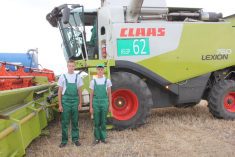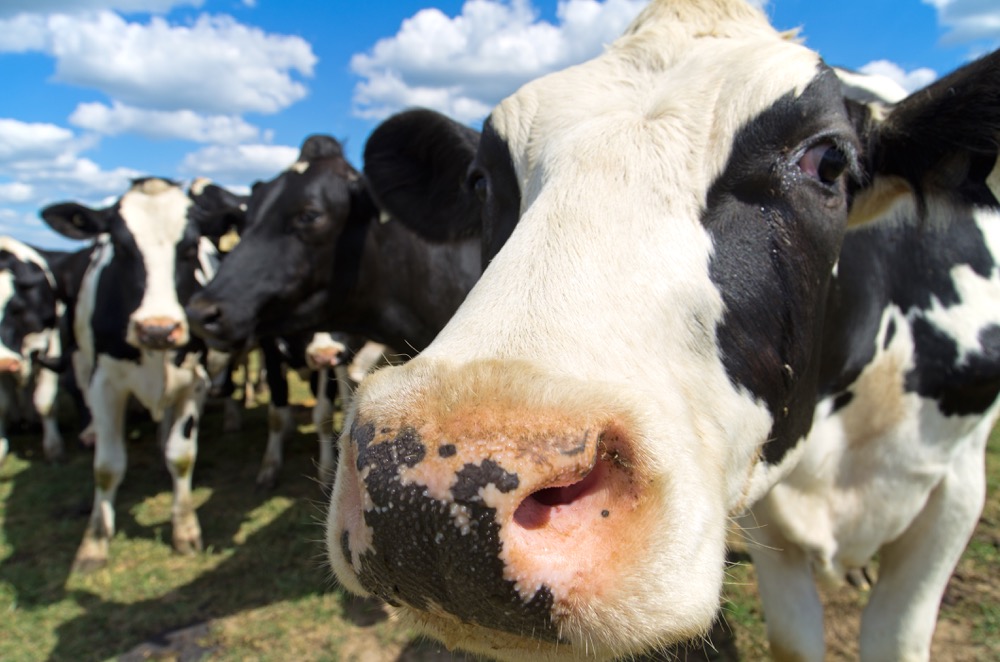While recently spending several months travelling in and out of a major city, I often ran out of time to eat in the evenings and whenever I shopped, it was late at night. Buying groceries was something I could do on the way back to the farm, without the worry of crowds or traffic.
On these evenings, the exhausted shoppers, some of whom were coming off shift, wandered the aisles calculating what they could and could not afford. Many were immigrant families, shivering from the extreme cold of an Alberta winter.
Read Also

Guarding against misinformation: Do you believe in house hippos?
Misinformation and disinformation run rampant in today’s digital age. Farmers must be wary of the digital dangers and know how to keep themselves safe.
I watched young mothers put items such as Spam and outdated veggies along with a loaf of bread in the basket. The worried look on their faces told me that the cost of those few groceries was a concern.
At another store, the homeless were tucked in among the carts in the foyer, hoping to escape the cold of -38 C.
Waiting for the light to change at an intersection, a man and woman walked by without warm clothing — not even gloves. They shuffled in their poverty, just simply hoping to catch a warm coffee across the street.
I also had the chance to visit with folks who were recovering from all sorts of life’s accidents. I watched as our beloved seniors simply looked at the food put in front of them, unable to gather the strength to pick up the fork. Imagine, the very men and women who built this country, left to long for and look at, but not eat, the food their farms may have at one point grown.
Hunger is not a problem from a world away.
Hunger is here at home — under our roof, in our communities and bleeding into every corner of Canada. A recent Angus Reid poll revealed that 57 per cent of Canadians now find it hard to provide food.
- More with Brenda Schoepp: When did food producers become the bad guys in movies?
According to the data in Canada’s Poverty Reduction Strategy, the most vulnerable Canadians in terms of poverty are those single persons over 45 years of age (36.3 per cent), single parents (29.2 per cent) and especially single moms (38.4 per cent) and recent immigrants (17.3 per cent).
This mirrors what I observed on my late-night shopping excursions: men and women over 50 being without appropriate housing, clothing or food, and young moms, many of whom had immigrated, shopping with caution. And though I took action in each incident, paying for the groceries or buying warm food, those acts are not part of a long-term solution.
We have talked about hunger in this column before. Food insecurity and hunger is a result of an inability to access food. Accessing enough nutritional food takes reliable income. Reliable income is illusive and currently eroded by inflation which is not a controllable component in budgeting.
Those who produce food are also facing rising costs, short supplies, labour crunches and a drop in income. Mother Nature has been volatile and extreme, adding to the uncertainty of supply for man and beast.
What is the role of Canadian agriculture in this social dynamic? And what can we do to help?
Canadian agriculture, particularly on the Prairies, has missed opportunities in value adding. The ‘commodity mindset’ has not only shorted Canadian farm families, it has exported the potential of rural regions and contributed to centralized workplaces. Value adding regionally keeps jobs at home and provides much-needed income and reduced transportation costs for families. The ripple effect supports business and more importantly, has the capacity to shorten the supply chain, ensuring the availability of regional foods.
The continuous centralization of goods and services has proven to be effective to a point, but it has not enhanced rural communities nor made food available in the community in which the core commodity was produced. As families split and move away to work, the vulnerable, including our most cherished generation are left without the help and assistance they need.
Housing throughout Canada continues to increase in cost and more single men and women, single-parent families and immigrant families are at risk. Choosing between a roof and a full belly has to be a heartbreaking task. Our farmers want Canadians to eat local food and food products.
If economics has not driven change, then perhaps social conscience will.
People need to be in a resilient community of care where they can integrate, thrive with a decent wage, access food and housing and provide for those who are the most vulnerable. A resilient community can weather storms, shortages and inflation. We can point fingers (which requires no level of commitment or action) or we can get involved in our regions, our municipalities and our communities and simply start there. We are not in a corner yet.
Go grocery shopping late in the evening and observe. Look down the alley you pass and look at the folks crossing the street. Volunteer for seniors. Do you see what I see? If so, then consider the possible in building resilience in your community — starting with one act of kindness and working toward an economic hub which would ensure the future prosperity of all.
















